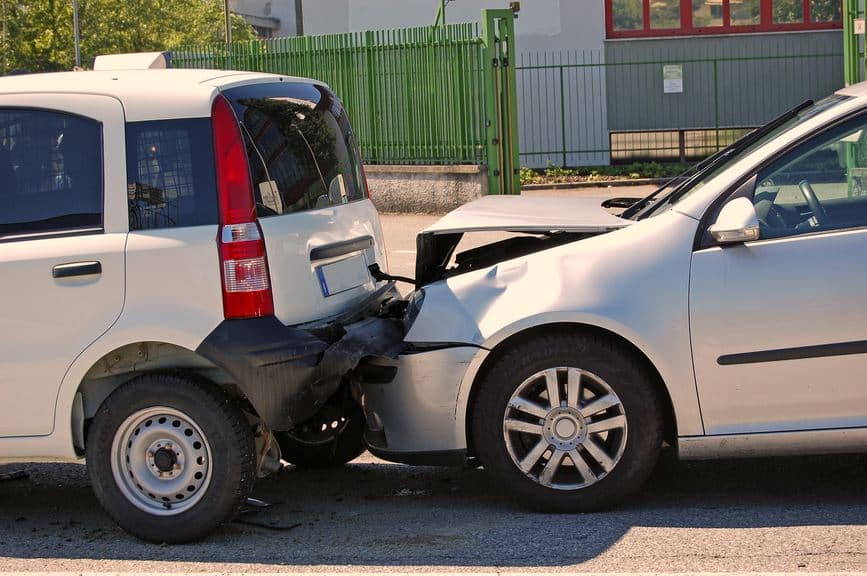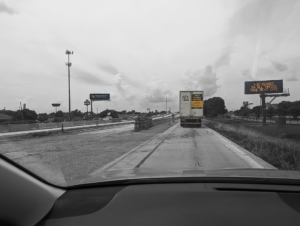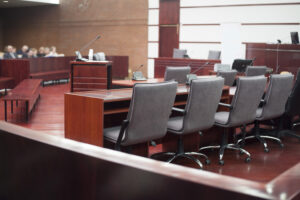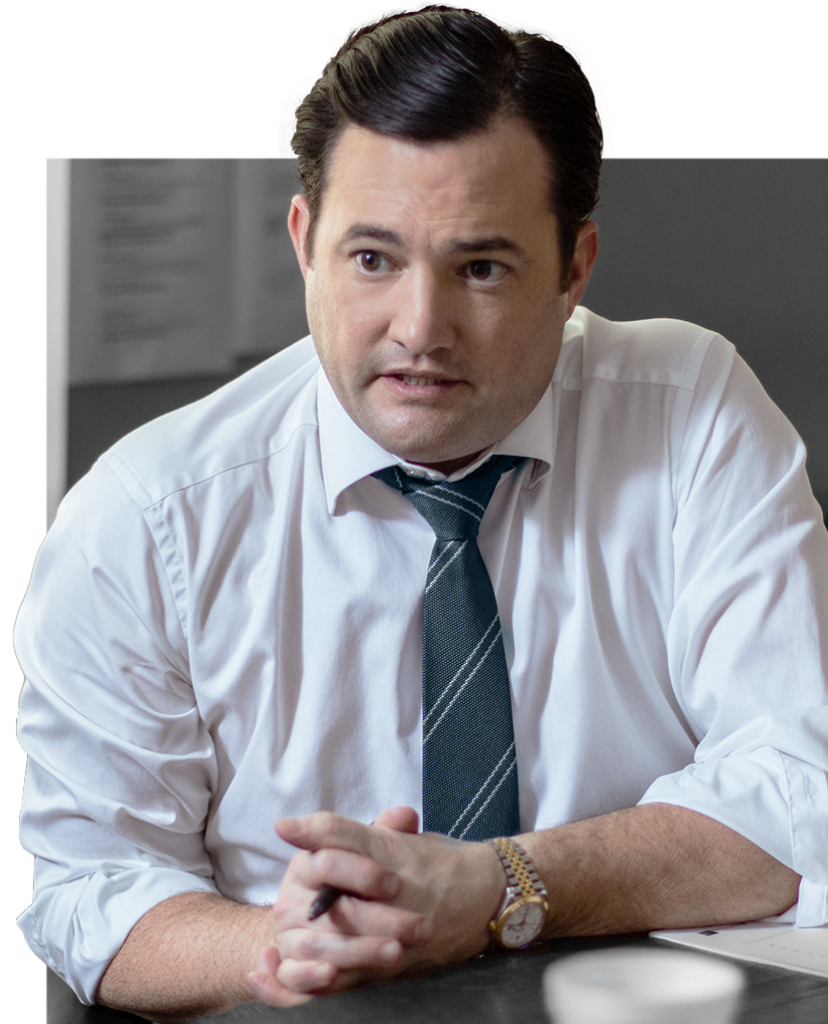Louisiana Law Presumes Fault, But There Are Exceptions to the Rule
Suppose you’re driving in Louisiana, and a motorist behind you rear-ends you. That motorist is presumed to be at fault, according to state law (La. R.S. 32:81). Here’s why and what you need to know about liability for rear-end collisions in Louisiana.
Rear-End Collisions in LA: Why Following Drivers Are Presumed to Be At Fault
For this discussion, we will refer to the drivers in the front vehicles who get rear-ended as the “leading drivers” while the drivers behind them are “following drivers.”
In Louisiana, the law presumes liability for following drivers, not leading drivers, in rear-end accidents mainly for these reasons:
- The following driver is responsible for leaving enough space between vehicles: The law states that drivers “shall not follow another vehicle more closely than is reasonable and prudent.” While safe distances between vehicles can vary with the conditions and speeds, there should generally be at least a couple of vehicle lengths worth of space-separated traveling cars if motorists abide by the law. When they do, that should give them enough time to spot slowing or stopped vehicles in front of them and take appropriate action to avoid crashing into them.
- The following driver has more opportunities to anticipate and avoid a rear-end collision: Motorists should pay attention to their surroundings, especially the changing road conditions in front of them. Assuming a driver leaves enough space between his vehicle and the one he’s following—and assuming he’s paying attention to his surroundings and the roads—there should be sufficient time for the following driver to take action and avoid a rear-end collision. Or so the thinking behind the law’s presumptions goes.
As cut and dry as that can seem, there are a lot of underlying assumptions, and real-world conditions can be far more complex. That’s why there are several exceptions to this assumption of liability for rear-end collisions in Louisiana.
Exceptions to the Rule: When Leading Drivers Are Negligent
Although the law generally places the blame for rear-end car accidents on following motorists, they aren’t the only ones who can be at fault for these wrecks. Sometimes, the following motorist may have no way to avoid a collision safely. These exceptions to the rule typically involve the negligence of the leading driver.
Specifically, a leading driver can play a role in causing rear-end collisions and, therefore, share (or fully possess) fault for them when these leading motorists:
- Suddenly slam on the brakes: Impaired or distracted drivers can miss seeing critical cues in their driving environment until the last minute. For example, they may not see a stop sign, debris in the road, or the red light at a traffic signal until they’re right up on it. When they spot something they should have slowed down for earlier, they usually slam on the brakes instead. That can give following motorists, even those who have left sufficient distance between vehicles, little to no time to avoid a crash.
- Dangerously pull in front of other vehicles: When motorists unsafely change lanes or dangerously merge with traffic, they can cut off other drivers, creating the perfect setup for rear-end collisions.
- Don’t have functional brake lights on their vehicles: By law, all vehicles in Louisiana have to have functional brake lights. When brake lights are broken, it can be far more difficult for following vehicles to recognize when leading vehicles are stopping. When that leads to collisions, the drivers of vehicles with broken brake lights can be at least partly liable for those rear-end crashes.
- Backup: Generally, drivers on Louisiana roads shouldn’t reverse in traffic or at intersections. Still, some will try this risky maneuver without warning. When they do, and they end up backing up into the following vehicle, causing a rear-end collision, the driver making that dangerous reverse maneuver can be at fault for the accident.
What If You’re the Lead Driver in a Rear-End Collision?
If you’re rear-ended by another vehicle, you’ll want to take the usual steps that are important to take after a car accident, as well as do the following:
- Call the police, even if it’s a minor rear-end accident so that there’s a police report for the crash.
- Take pictures of the damage to the back and front of your vehicle that rear-ended you.
- Do not admit to or let the other driver accuse you of stopping short or doing anything that could have contributed to the crash.
- See a doctor ASAP after the accident if you don’t get medical attention at the scene. Rear-end collisions often cause whiplash and other injuries that medical professionals can diagnose, document, and treat.
- Report the accident to your insurance company.
- Request a copy of the police report when ready to see if the following driver may have been drunk or if other details can help establish their fault in causing the crash.
What If You’re the Following Driver in a Rear-End Collision?
In this situation, you’ll likely be working from a defensive position, fighting to prove you were not at fault for a crash. To that end, some evidence that can be key to helping you establish fault (when a lead driver caused the crash) can include:
- Photos of tire tread marks on the street, showing you tried to slow down quickly or stop to try to avoid the collision
- Cell phone records which could show that a lead driver was distracted at the time of the wreck
- Witness accounts elaborating on what the lead driver may have been doing in the moments leading up to the crash
- The police accident report may reveal more clues about driver impairment, witnesses, and other key evidence for a rear-end collision claim.
Fault for Rear-End Car Accidents in Louisiana: The Bottom Line?
Regarding rear-end collisions in Louisiana, the bottom line is that you should not automatically assume the following vehicle is liable. Whether you were rear-ended or in the following vehicle colliding with the back of another car, fault determinations can be complex—and factors not immediately apparent after a car accident can be critical to consider.
The best way to determine who is at fault for a rear-end collision in Louisiana is to contact an experienced car accident lawyer.









